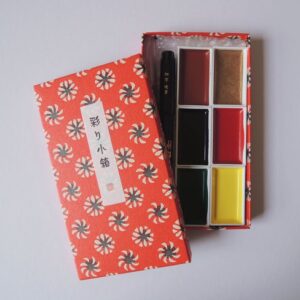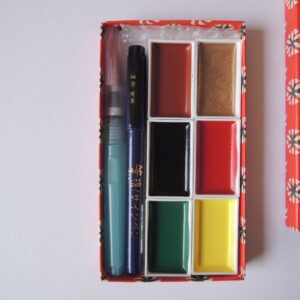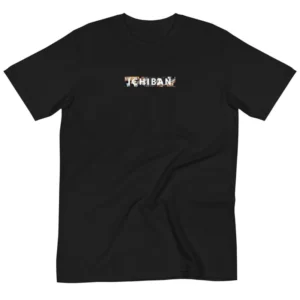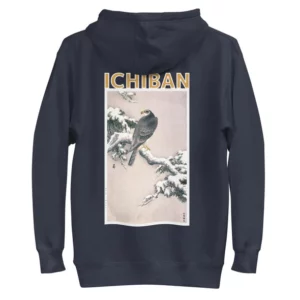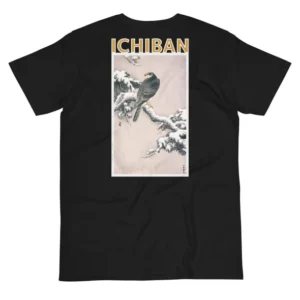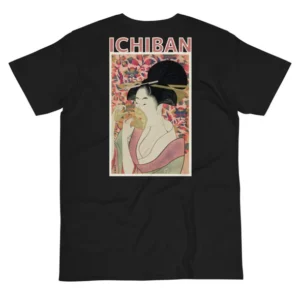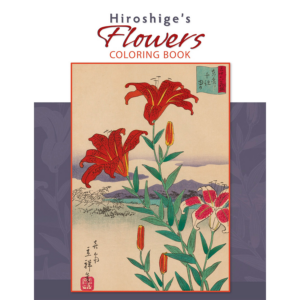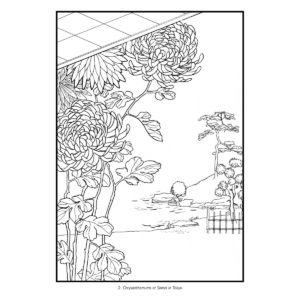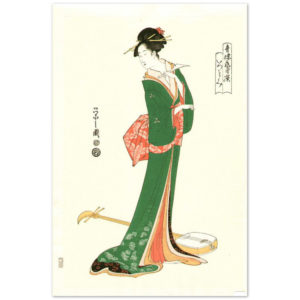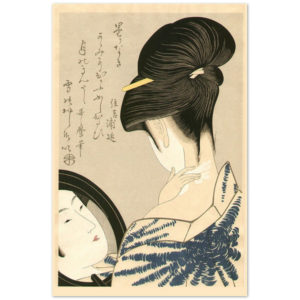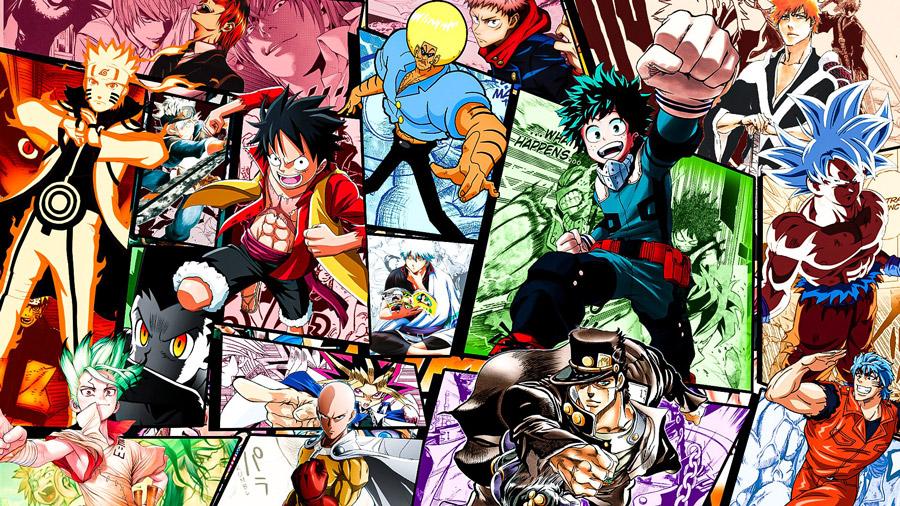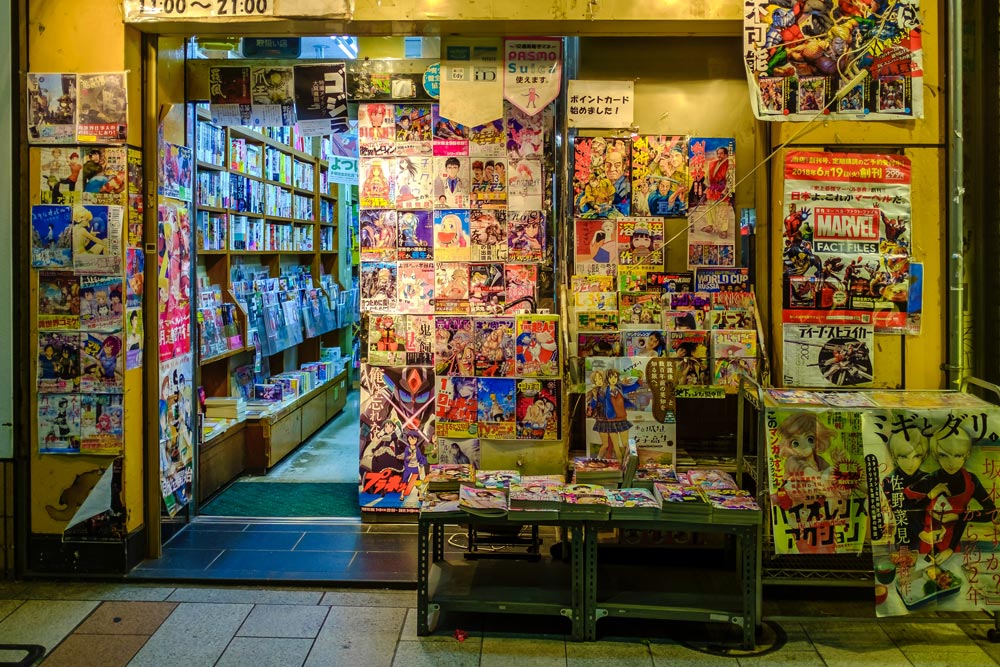From unusual and unique styles of art including ink painting and calligraphy on silk and paper to ancient pottery and sculptures, origami, ceramics, and woodblock prints, Japanese art has undoubtedly claimed its rightful title as one of the world’s greatest treasures –– its wide range of art styles and influences, most especially in the West, has become truly unmatched by any other.
Ultimately, Japan’s contributions in the domain of contemporary art, architecture, and fashion have thus created a trend on a global, modern, and multi-cultural scale. Today, we explore the enormous impact Japanese art has had on Western society, culminating in the development of Japonisme.
History of Japanese Art
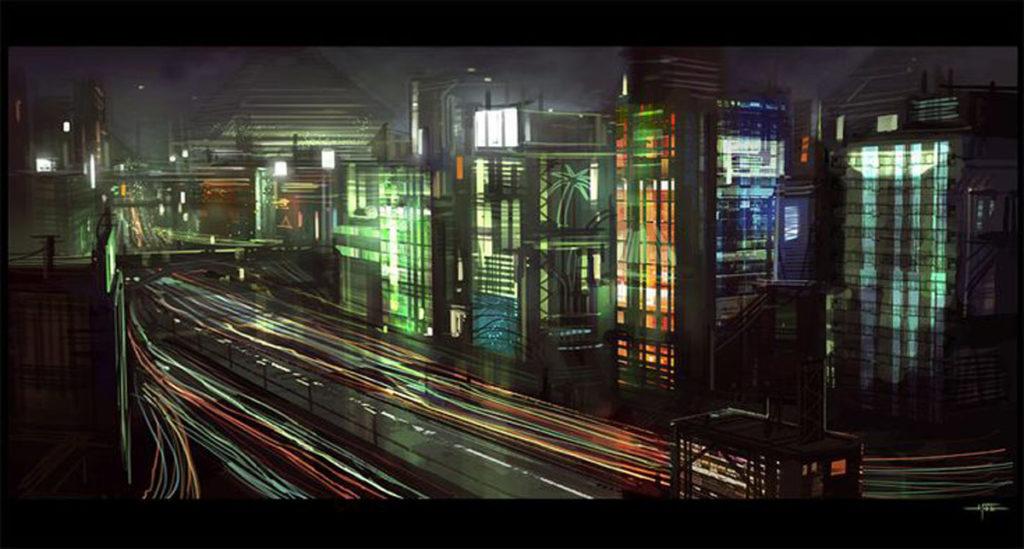
Japanese art has evolved and has been a part of Imperial Japan’s culture for a long time. This was done to give Japan a unique identity that would set it apart from other others.
Before the Common Era (B.C.E), early settlers like the Jōmon, the Yayoi, and the third stage of Japanese prehistory, the Kofun, established ideas of pottery, and clay figurines called dogu, kiln-fired ceramics, bronze bells called dōtaku, and clay sculptures called haniwa. As time progressed, Buddhist structures such as sculptures, buildings, and temples like Horyu-ji and Tōdai-ji, were erected during the Asuka period, specifically in Nara.
During the Heian Period, Buddhist art and architecture remained popular, as shown by the Heian Shingon temples. During the Muromachi Period, Chinese paintings had a big impact on Japanese art by using monochrome colors and mountains.
Large paintings of nature scenes with birds, plants, and other living things were popular during the Momoyama Period. During the Edo Period, Ukiyo-e emerged, which became one of its most popular styles.
The Evolution of Japanese Art

Over its long and significant history, Japanese art has absorbed and adapted numerous styles and traditions from foreign countries –– especially from China and Korea –– due to their occasional trading activities and exchanges.
Japan, like its East Asian neighbours, has subsequently established both secular and religious artistic traditions, bearing the imprint of widespread and profound engagement with the outside world.
For example, Buddhist themes were often incorporated into Japanese art, offering a framework with well-established iconography, symbolic representation, and perspective between the realms of visual arts and the spiritual world.
Furthermore, Japanese art displayed an understanding of nature as a source of spiritual insight and a reflection of human feeling. Waterfalls, magnificent mountains, and ancient willow trees were often regarded as the homes and personifications of Japanese spirits.
In the 19th century, Japan garnered interest in the West’s techniques and materials, gaining international attention and audiences. From then on, Japanese art shifted towards a more “individualistic” type of goal that included themes revolving around self-identity and finding one’s fulfillment and objectives in a modern world dominated by technology.
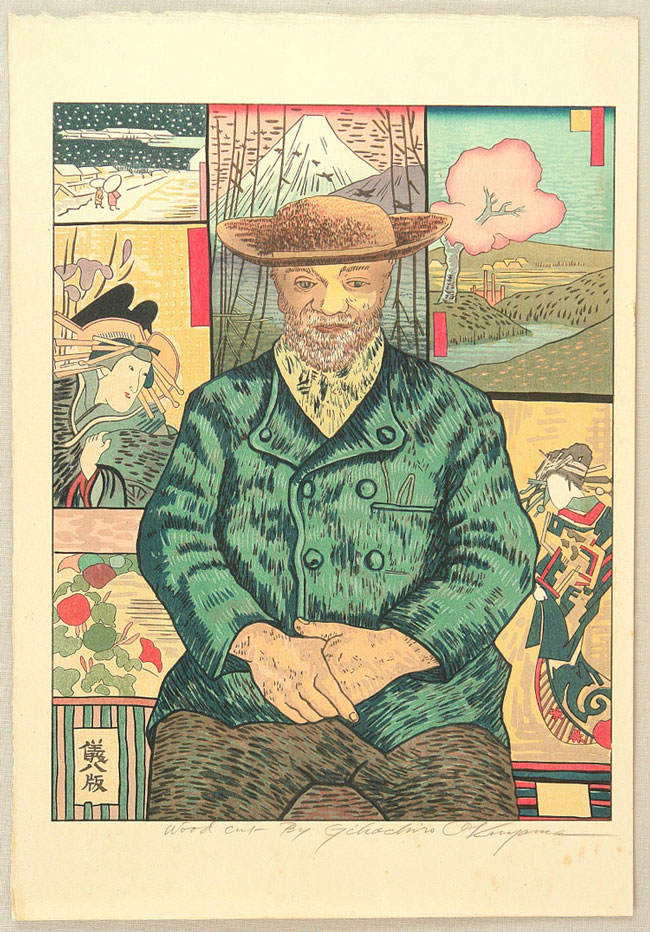
The Edo period was a watershed moment in Japanese art, ushering forth innovative new styles of art such as Japanese woodblock prints, paintings, and ceramics that influenced the West –– notably, European art. Japanese art, enriched with aesthetic principles and foundations of simplicity and honesty, inspired Western creative ideas throughout the twentieth century.
To signalize a new position on the global scale following the political and social revolution under the Meiji Restoration period, Japan started to advance in the world of visual arts, architecture, and even landscaping, together with its burgeoning global trade after opening its ports with the West during the mid-1800s.
As a result, a furor for things à la Japonaise thus gave rise to Japonisme –– a French term that references Western styles, designs, and works of art that imitate that of the Japanese.
Ukiyo-e
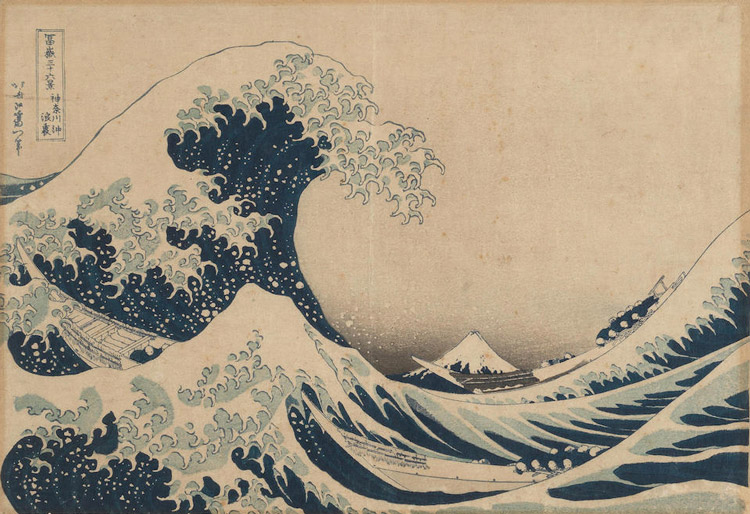
Ever since the 1860s, Japanese woodblock prints, also known as ukiyo-e or “floating world,” became an inspiration for many well-known European and American impressionist artists including Vincent van Gogh, Claude Monet, and Henri de Toulouse-Lautrec. Widely adopted in Japan during the Edo period, these woodblock prints utilized washi paper and water-based inks that provided a wide range of vivid colors, glazes, and transparency.
In the Edo context, these woodblock prints became a symbol that highlighted the urbanized and stylish lifestyle, fashion, and beauty of the Japanese at the time. At the same time, printing techniques became highly advanced and popular during this time –– its production was handled by what was then called an ukiyo-e quartet that included the publisher, manager, the block cutter, the printer, and most importantly, the artist.
The ukiyo-e commonly revolved around themes and topics such as portraits and elements of the traditional Japanese drama, Kabuki, and even mundane activities and people like lovers, farmed courtesans, and landscapes that depicted the country’s rich history and lore.
A famous example of ukiyo-e is The Great Wave of Kanagawa by Japanese woodblock print artist Katsushika Hokusai.
Western Forms of Ukiyo-e Art
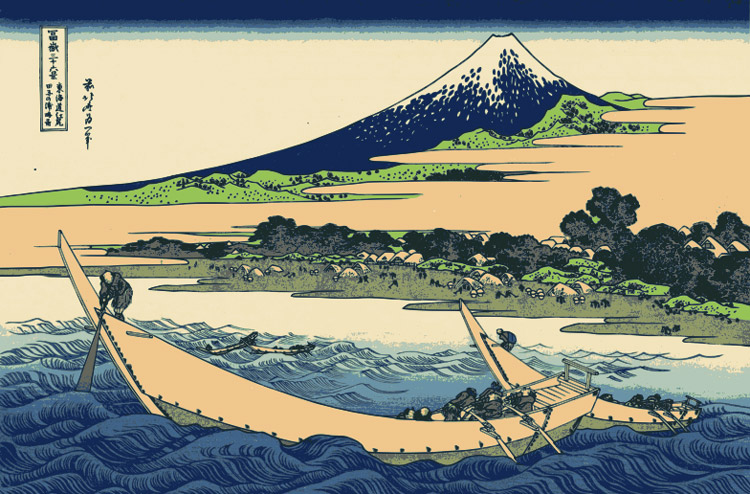
As Japonisme was an essential facet in the development of Modernist aesthetics and idioms, it ultimately became a fixture of Modernism as artists left and right continued to creatively and ingeniously integrate Japanese imagery and techniques into their styles of artistry and imagination.
Vanneaux et Sarcelles (Lapwings and Teals), 1862

Félix Henri Bracquemond was one of the earliest French painters who played a key role in the revival of printmaking and paved the way for the “discovery” of Japanese color woodblock prints in art. One of his most prominent paintings, Vanneaux et Sarcelles (Lapwings and Teals), was completed in 1862 and depicted a landscape scene with two types of birds amidst foliage – a representation of kacho-e, a popular genre of Japonisme that focused on bird-and-flower types of pictures and spare elements of the setting.
Bracquemond’s print only suggests the horizon line through its spare elements of the setting and the avifauna and flora. The vertical orientation of the overall composition replicates an effect of Japanese block cutting and printing methods.
The Full Moon, 1920

The Full Moon is an etching and aquatint type of art that was created by American etcher John Taylor Arms in 1920. Created after more than fifty years after Japan’s official welcome towards the West concerning trade and commerce, the print exemplifies the abiding influence and impact of Japanese motifs and style on European and American printmaking and the Japonisme movement.
Arms successfully construct areas of varying tonal values in this print with aquatint, emulating the patches of color observed in multi-block woodcuts. He even utilized aquatint to mimic the quality of woodblock lines, as evidenced by the thick edge surrounding the entire picture and the heavy delineation of the twigs. Furthermore, Arms’ dominant usage of intaglio techniques cut into the print matrix to mirror the effects of a relief technique — woodcut.
La Peinture (Allegory of the Painting), 1898

Alphonse Mucha was a celebrated Bohemian and Czech painter, illustrator, and graphic artist who was best known for his stylized and decorative art designs which rose to fame as the best-known images during the Art Noveau period.
One of them, La Peinture (Allegory of the Painting) created in 1898, was a colorful lithograph inspired by Japanese color woodblock printmaking techniques and composed of a set of four different images that pertained to the allegories of the arts in the fields of painting, poetry, dance, and music, as well as a representation of romanticized female figures as symbolisms of the fine arts.
One major challenge Mucha was faced with through the creation of La Peinture would be its representation through multiple colors as it is in fact, a technically complex process. Each color was made with a separate matrix: while the Japanese made use of woodblocks, Mucha and his printers used lithographic stones. Furthermore, the registration stone (similar to the registration block for Japanese prints), contained the design’s black outlines and was used as a key to generating the color areas on the other stones for the print.
Additionally, Mucha’s decision to imprint these prints on silk rather than paper makes them significantly more opulent –– a fascinating example of Japonisme where these works allude to the Eastern art of painting on exquisite fabric.






































